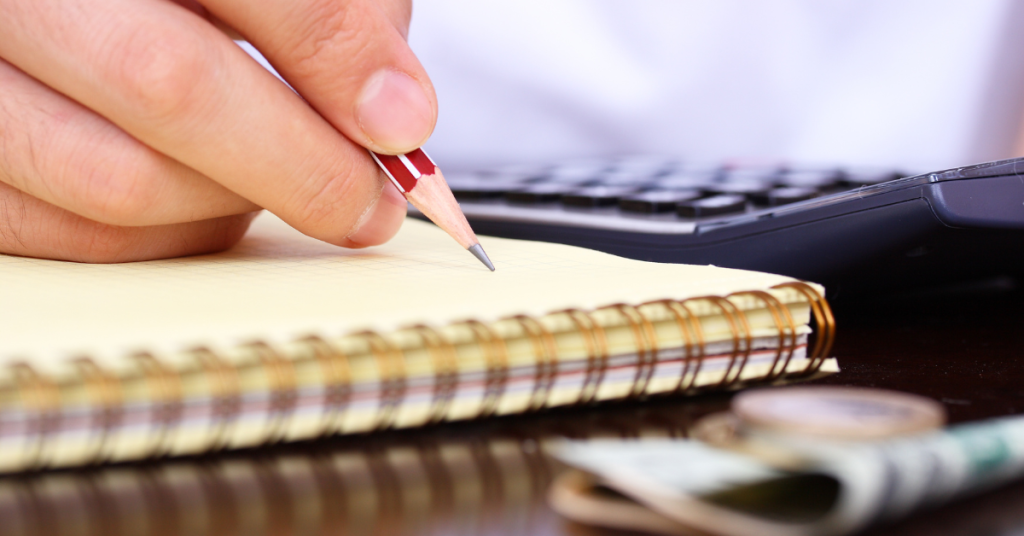In the age of budgeting apps, digital wallets, and AI-powered finance tools, you’d think manual budgeting would be a thing of the past. But according to Registered Financial Planner Christopher Cervantes, one old-school trick still beats the rest when it comes to money management: pen and paper.
“Using a pen and notebook is still more effective for me,” Cervantes told Financial Adviser PH. “It forces you to really think about what you’re spending. You’re not just watching your balance go down—you’re actively writing each expense and understanding your patterns.”
The idea is simple: instead of relying solely on apps that do everything automatically, take a few minutes each day to write down what you spent. Start with your fixed bills—rent, groceries, phone, utilities—then track your daily costs like coffee runs, online purchases, or food deliveries.
Here’s why it works: it slows you down. And slowing down helps you see your habits, not just skim through them.
“When you write down your spending, it becomes real,” Cervantes said. “You become more aware of where your money goes, and that awareness can lead to better choices.”
In fact, one of his clients discovered she was spending nearly P40,000 in just three months on food delivery and subscriptions—something she hadn’t realized until she started tracking manually.
This method isn’t about depriving yourself. It’s about being intentional.
Cervantes recommends setting aside 5–10 minutes a day or doing a weekly review. “It’s a small time investment with a big payoff,” he said.
No app can replace the clarity that comes from writing things down with purpose. “Sometimes the simplest tools deliver the most powerful results,” Cervantes added.
If you’ve been struggling to stay on top of your spending, try going old school. All you need is a notebook, a pen, and a little honesty.
![]()



